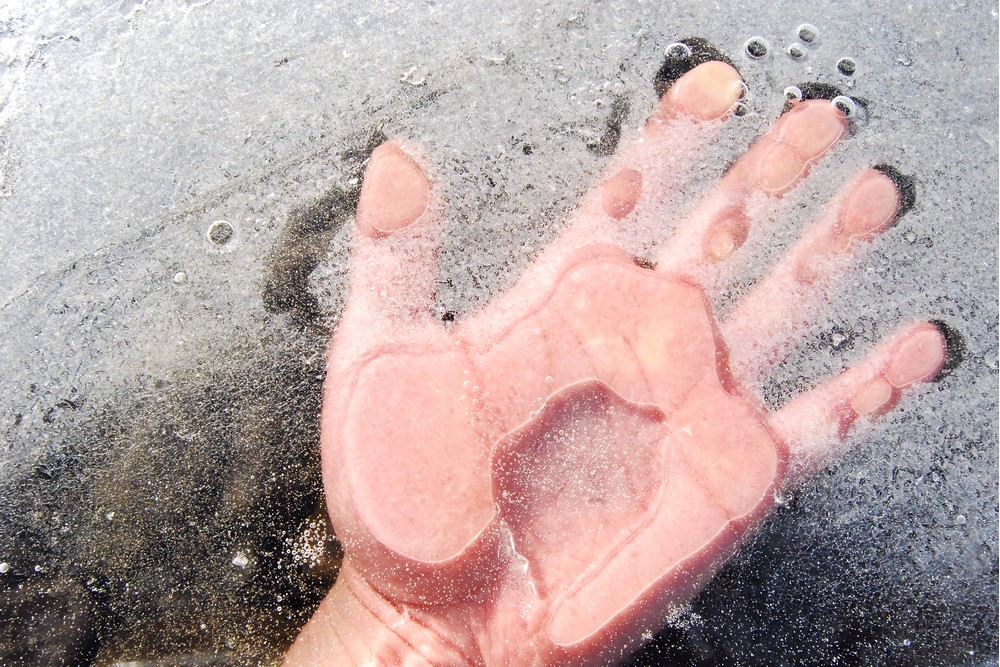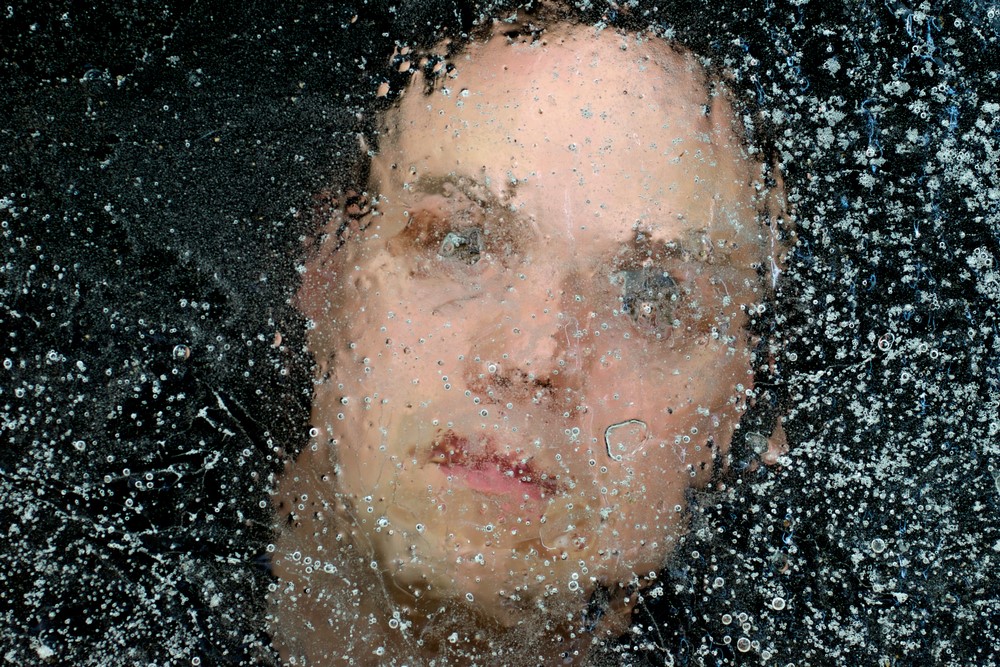Cryonics is the technique of preserving the bodies (or brains) of recently deceased people with the hope that future scientific advances will enable these people to be revived and live on. The technology to revive cryons (i.e., cryonically preserved people) doesn’t exist, and there’s no guarantee that it will ever be developed. Nevertheless, there’s a chance that it will be. This chance motivates people to spend money to undergo cryonic preservation.
The basic argument for cryonics is that it might not work, but what do you have to lose? As my colleague Richard Gibson has noted, we can think of the cryonics choice as a wager.
If you choose not to be preserved, then you certainly won’t enjoy any more life after death (I’m assuming there’s no spiritual afterlife). But if you choose to be preserved, then although there’s a chance you won’t be revived, there’s also a chance that you will be revived, enabling you to enjoy more life after you die.
Therefore, choosing preservation is a better bet, assuming the costs aren’t too high. By analogy, if you have to choose between placing a bet that has no chance of winning, and placing a bet that has some unspecified but non-zero chance of winning, the latter is definitely the better bet (ignoring the costs of placing the bets).
I want to explore an objection to this argument. Call it the Trap Objection. The Trap Objection questions the presupposition that revival would be a good outcome. Basically, the Trap Objection points out that while revival might be a good outcome for a cryon, it’s also possible for a cryon to be revived into a situation that is both undesirable and inescapable. Thus, the wager is less straightforward than it appears.
To appreciate the Trap Objection, first note that life is not always worth living. Life is filled with lots of bad things, such as pain, grief, and disappointment, to which we would not be exposed if we were not alive.
Most of us believe that most of the time the good in our lives outweighs the bad, and thus life is on balance worth living despite the drawbacks. Such assessments are probably usually correct (although some question this). It sometimes happens, though, that the bad things in life outweigh the good.
For example, the life of someone with an agonizing incurable illness may contain lots of pain and virtually no compensatory goods. For this person, life is no longer better than nothing at all.
Second, note that sometimes suicide is on balance good and consequently justified when life is no longer worth living. For example, the incurably ill person may reasonably view suicide as preferable to living on since living on will bring him more bad than good but death will permanently close the account, so to speak. And because suicide is sometimes justified and preferable to living on, it is sometimes a great misfortune when someone loses the capacity to choose death. If the incurably ill person were unable to choose to escape the agony of his life, this would likely be a great misfortune for him.
Let a Trap Situation be any situation wherein (i) a person’s life has permanently ceased to be worth living yet (ii) the person has lost the capacity to choose to end their life. For example, individuals with late-stage Alzheimer’s disease are often in Trap Situations, unable to enjoy life but also unable to end it. Trap Situations are very bad, and people have very good reason to want to avoid them.
Now we are in a position to formulate the Trap Objection. The Trap Objection is that there is a chance that choosing cryonic preservation will lead to a Trap Situation, and until we have some understanding of how high this chance is and how bad the most likely Trap Situations would be, we are not in a position to determine whether cryonic preservation is a good or bad bet. But a death without cryonic preservation will certainly not lead to a Trap Situation. Thus, choosing against preservation is arguably the safer and better option.
By analogy, if you have to choose between placing a bet that has no chance of winning or losing any money, and placing a bet that has some unspecified chance of winning you some unspecified amount of money and some unspecified chance of losing you some unspecified amount of money, the former is arguably the safer and better bet (ignoring the costs of placing the bets).
Cryonics could conceivably produce many types of Trap Situations. Here are some examples.
Brain Damage: The cryonics process irreversibly damages a cryon’s brain. The cryon is revived and kept alive by advanced technology for centuries. But the cryon’s brain damage causes her to suffer from irreversible severe dementia, rendering the cryon unable to enjoy her life and also unable to end it.
Environmental Mismatch: A cryon is revived into a radically unfamiliar social, political, and technological environment. The cryon is unable to adjust to this new environment and reasonably wants to end her life. The cryon is unable to end her life, however, because suicide is culturally and legally prohibited, and the means exist to enforce this prohibition.
Valuable Specimen: The technology to revive cryons is developed in the distant future. Future humans are interested in learning about 21st century humans, but only a few have been successfully preserved. A cryon from the 21st century is revived and studied. The study techniques are barbaric and make the cryon miserable to such an extent that the cryon reasonably wants to kill herself. But because the cryon is a valuable specimen this is not permitted.
Mind Upload: A cryon’s brain is scanned, and the cryon’s consciousness is uploaded to a virtual world that is owned and operated by a technology company. The cryon finds life in the virtual world to be unbearably depressing and wants to opt out, but because the activities of the virtual world’s digital inhabitants generate economic value for the technology company, inhabitants are not permitted to terminate themselves. Mental processes in the virtual world are simulated at 1,000 times their normal speed, such that one day in the real world feels like one thousand days to the digital inhabitants. The virtual world is maintained for 50 real-world years, which the cryon experiences as 50,000 years of unbearable depression.
This sampling is meant to illustrate that revival needn’t be a good thing and might actually be a very bad thing – even an astronomically bad thing, as in Mind Upload – for a cryon. It does not represent an exhaustive mapping of the relevant possibility space.
I don’t know how likely it is, either in absolute or relative terms, that a cryon will be revived into a Trap Situation, although the likelihood is definitely non-zero. Moreover, it’s unclear how to go about determining this likelihood from our current perspective. Contemporary cryonic practitioners will claim that they would never revive a cryon into a Trap Situation. But it is very unlikely that the technology to revive cryons will be developed within the (natural) lifespan of any living cryonic practitioners. Moreover, the world could change a lot by the time the technology is developed. So, the significance of these claims is dubious.
It seems that even if we ignore pre-preservation costs, choosing cryonic preservation is not clearly a safe or good option.
If you are so terrified of nonexistence that you would prefer the chance at any sort of future life to certain annihilation, then cryonic preservation does seem reasonable. But this preference seems unreasonable. In some situations, the certainty of death should be preferred to the uncertainty of life.


